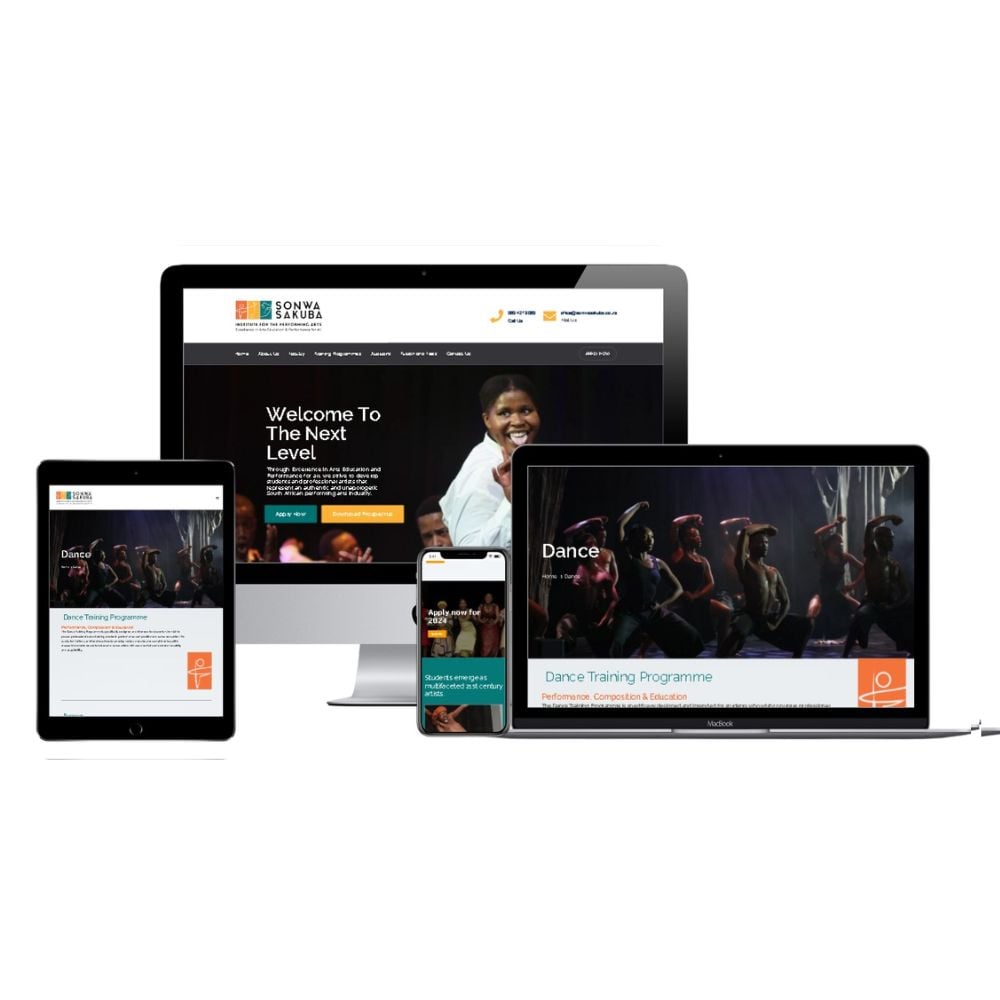Low-Cost and Top-Tier Website Design for Small Business Owners
Low-Cost and Top-Tier Website Design for Small Business Owners
Blog Article
Leading Tips for Developing an Impactful Site Design That Converts
To attain this, one need to think about a variety of factors, consisting of comprehending the target audience, prioritizing customer experience, and optimizing for mobile systems. The calculated use of compelling call-to-actions and a distinct visual power structure plays a critical function in guiding customers with their journey.

Understand Your Target Audience
Comprehending your target market is essential to effective internet site style, as it lays the groundwork for developing an appealing customer experience. Determining who your customers are, including their demographics, preferences, and actions, enables developers to tailor the internet site's material, format, and performance to meet certain needs.
Performing extensive marketing research is vital in this process. Studies, meetings, and analytics can offer beneficial insights right into user expectations and discomfort points. By assembling this information, designers can produce customer personalities that stand for different sections of the target market, ensuring that style choices are informed and appropriate.
In addition, understanding the target market aids in selecting suitable design elements such as color pattern, typography, and imagery that reverberate with customers. A site that speaks straight to its target market cultivates a sense of connection and depend on, urging longer check outs and greater conversion prices.
Ultimately, a user-centered method to web site style not just boosts user fulfillment yet additionally sustains company purposes by driving involvement and commitment. By focusing on the demands and preferences of the target audience, a website can efficiently serve its function and accomplish preferred results.
Prioritize Individual Experience
To improve the general efficiency of a site, prioritizing user experience (UX) is vital (Website Design). A properly designed UX makes sure that visitors can navigate the site easily, locate details promptly, and involve with content meaningfully. This results in enhanced user satisfaction and higher conversion prices
Begin by applying user-friendly navigation. Menus should be logically structured, permitting customers to find essential areas of the website with very little effort. Consistency in layout aspects, such as color pattern and typefaces, promotes familiarity, which is crucial for keeping individual engagement.
Additionally, take into consideration the packing speed of your internet site. A delay of just a couple of seconds can bring about considerable drop-offs, as users are much less likely to wait for a slow-loading page. Simplifying pictures and optimizing code can boost performance and preserve visitors.
By focusing on customer experience, you not only create a much more satisfying setting for site visitors yet also strengthen your brand's integrity. Inevitably, an emphasis on UX is an investment in the long-term success of your site.
Enhance for Mobile Tools
Maximizing for mobile phones is crucial in today's digital landscape, where an enhancing number of users access sites with mobile phones and tablets. A mobile-friendly style not only enhances user experience but also plays a significant role in improving online search engine positions. To accomplish this, it is necessary to embrace a receptive layout that automatically top article gets used to various display dimensions and alignments.

Packing speed is another essential aspect; mobile customers are normally much less patient and expect quick access to info. Maximize images and utilize web browser caching to improve efficiency. Lastly, test your site on several devices and display resolutions to identify and remedy any possible functionality concerns. By prioritizing mobile optimization, you make certain that your site continues to be competitive and properly engages a more comprehensive audience.
Use Compelling Call-to-Actions
A web site's performance typically pivots on its capacity to direct visitors towards wanted activities, making engaging call-to-actions (CTAs) important elements of layout. CTAs work as the critical points that guide customers to involve with the site, whether that implies making an acquisition, registering for an e-newsletter, or downloading a resource.
To produce reliable CTAs, clarity is critical. Usage succinct language that clearly interacts the action you want the individual to take. Expressions such as "Get going," "Authorize Up Free," or "Store Now" not just communicate seriousness yet likewise get rid of uncertainty. The placement of CTAs is equally essential; they ought to be tactically positioned throughout the webpage to ensure they are conveniently noticeable, especially in high-traffic locations.
Furthermore, the design of CTAs should stand apart without being noticeable. Employ contrasting shades and clear typefaces to guarantee they catch attention. In addition, take into consideration making use of directional hints, such as arrows or images, to guide customers towards these buttons. By focusing on these components, organizations can dramatically improve individual engagement, driving conversions and ultimately attaining their web site's goals.
Focus on Visual Hierarchy
Reliable site layout counts heavily on a well-structured aesthetic pecking order that overviews individuals through material seamlessly. By organizing aspects in a fashion that prioritizes info, developers can improve customer experience and facilitate decision-making. This includes making use of size, color, comparison, and spacing strategically to accentuate one of the most vital parts of a webpage.
The usage of bigger fonts for headings and subheadings establishes a clear difference in between various sections, enabling individuals to check material easily. Additionally, utilizing different shades for switches and calls-to-action can capture user interest and motivate communication. Whitespace is another important element; it protects against clutter official source and enables individuals to concentrate on vital messages without interruptions.
Pictures and graphics must enhance the message while additionally adhering to the recognized pecking order, strengthening the total message (Website Design). Uniformity in layout components, such as color design and typography, additional enhances the visual power structure, making navigating intuitive
%20%5B60%25%5D.jpg)
Final Thought
In final thought, effective internet site layout requires an extensive understanding of the target audience, prioritization of customer experience, and mobile optimization. Eventually, a well-executed website style serves as an essential element in driving customer actions and attaining company purposes.
Report this page